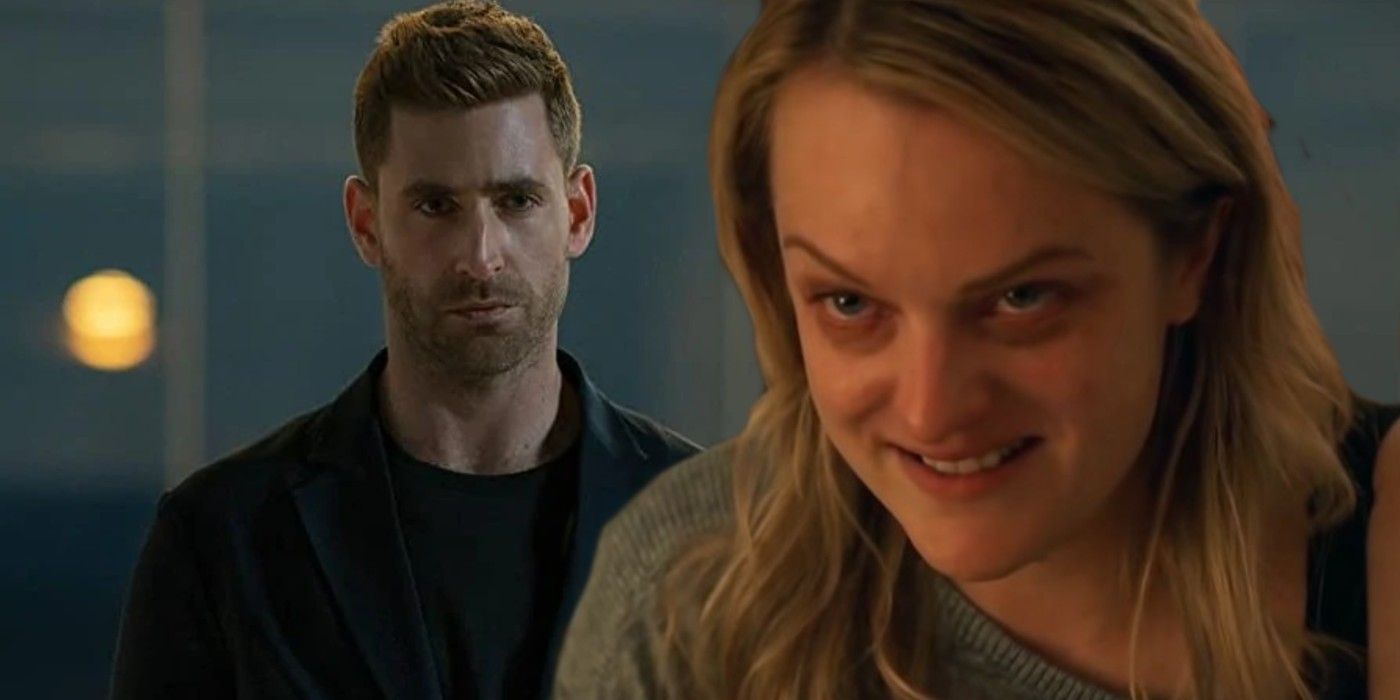Here's why Adrian's death at the end of The Invisible Man has a secret hidden meaning. The horror remake proved a hit with horror fans and general audiences upon release earlier this year, and there's more to Adrian's conclusion than may initially meet the eye.
Directed by Saw helmer Leigh Whannell, The Invisible Man was a massive success with audiences and critics alike when it arrived in cinemas. 2020's The Invisible Man transformed H.G Well's original sci-fi story into a tale of gaslighting, domestic abuse, and eventual grisly revenge as Elizabeth Moss' long-suffering heroine was plagued by her unseen abusive partner. One of the film's most memorable moments was its gruesome cathartic ending, a climax that saw the titular monster almost evade justice as he convinced the world he was an innocent victim and even managed to regain control of the film's heroine. However, just as his plan appeared successful, the film's resourceful heroine used his own invisibility suit to stage his sudden, violent suicide in full view of his security cameras, ensuring she had an alibi before sitting down to watch him perish.
It's a brutal, brilliant ending that sees the film's themes of distrust and deception ratcheted into Grand Guignol levels, and it's a satisfying sequence that ranks among horror icon Whannell's best moments as a director. But the scene features a hidden meaning that many viewers missed out on upon first viewing, and it's one that deepens the film's themes of vengeance and retribution. When Moss's Cecelia murders her abusive ex, she doesn't just use his invisibility suit to shield her identity as he had done. She recreates his earlier murder of her sister, clarifying that the character is out for revenge as much as she is seeking to assure her future safety.
Shoving a knife into his hand, she slits his throat in such a way that casual observers could presume it was a sudden, shocking suicide, just as those watching the camera footage back would. This is an exact mirror of the maneuver Adrian pulls earlier in the film, wherein he kills Alice in front of her in a packed restaurant filled with horrified onlookers. The scene is The Invisible Man's scariest moment, with the audacious villain aware that anyone present would be forced to assume Moss's helpless victim was responsible for her own sister's murder.
Thus in the later reversal of this moment, The Invisible Man puts Cecelia's agency back in her hands quite literally by offering her the opportunity to avenge her sister's death, use Adrian's invention against him, and re-use his own method when he least expects it and in a place he would expect safety. That last point specifically is important as Adrian's murder of Alice isn't merely supposed to be an act of trauma against his wife, it is intended to remove her opportunity for a safe haven in a pattern of behavior reminiscent of emotional abuse. Cecelia goes to her sister, in public, hoping for a chance to escape his treatment of her, and Adrian theatrically removes it, telling her she has no power even in the safest spaces. Cecelia reversing that power onto Adrian to get revenge for her sister's murder is the sort of ingenious twist Whannell's films are famous for, and one that can stand toe-to-toe with the bombshell ending of 2004's original Saw. It's rare for horror films to handle domestic abuse right (as proven by You Should Have Left's failure), but this satisfying, layered ending proves that the director was more than up for the challenge.


